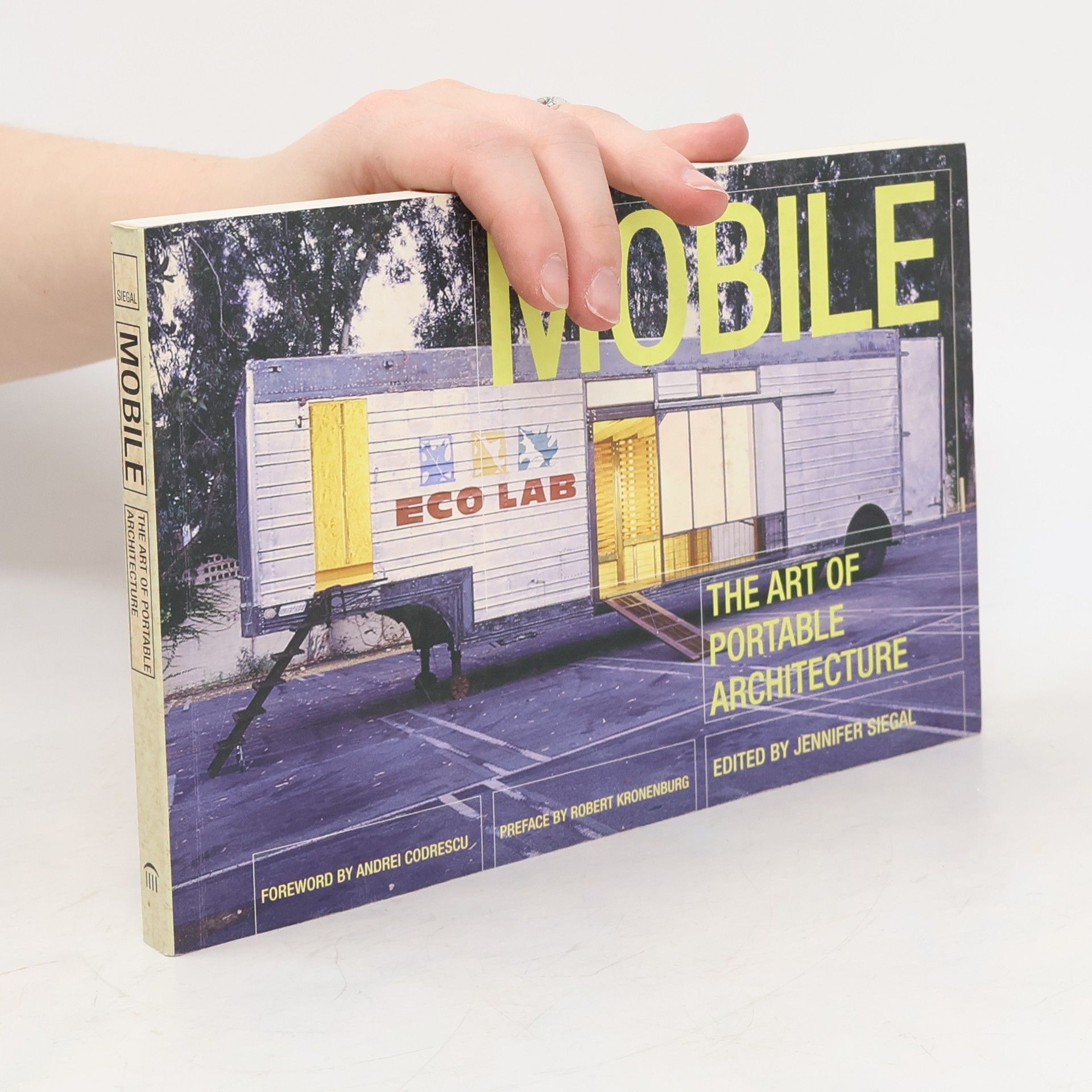The allure of mobile, portable architecture is worldwide and centuries old, from the desert tents of the bedouin to the silvery capsules of the Airstream trailer. Mobile explores the ever-growing range of possibilities of portable, demountable, and mobile structures. Jennifer Siegal brings together the work of the most interesting contemporary designers of dynamic, active structures, whose work ranges from the microenvironment of a house that literally attaches to your body to the city-scaled macroenvironment of London's Millennium Dome, from the interior of a Boeing jet to an entire mobile community whose living units plug into a framework of flexible communal space, and from the practical design of transportable office space to the whimsical design of Pink Floyd's The Wall stage set. All of the designs celebrate the lightness, transience, and practicality that mobile architecture makes possible.Mobile includes work by Office of Mobile Design, LOT/EK, Vito Acconci, Doug Jackson/LARGE, Mark Fisher, Michael Fox, FTL Happold, Festo, and Lawrence Scarpa. In beautiful color images, detailed drawings, and thoughtful text, the contributors reveal their working methods.
Robert Kronenburg Bücher
